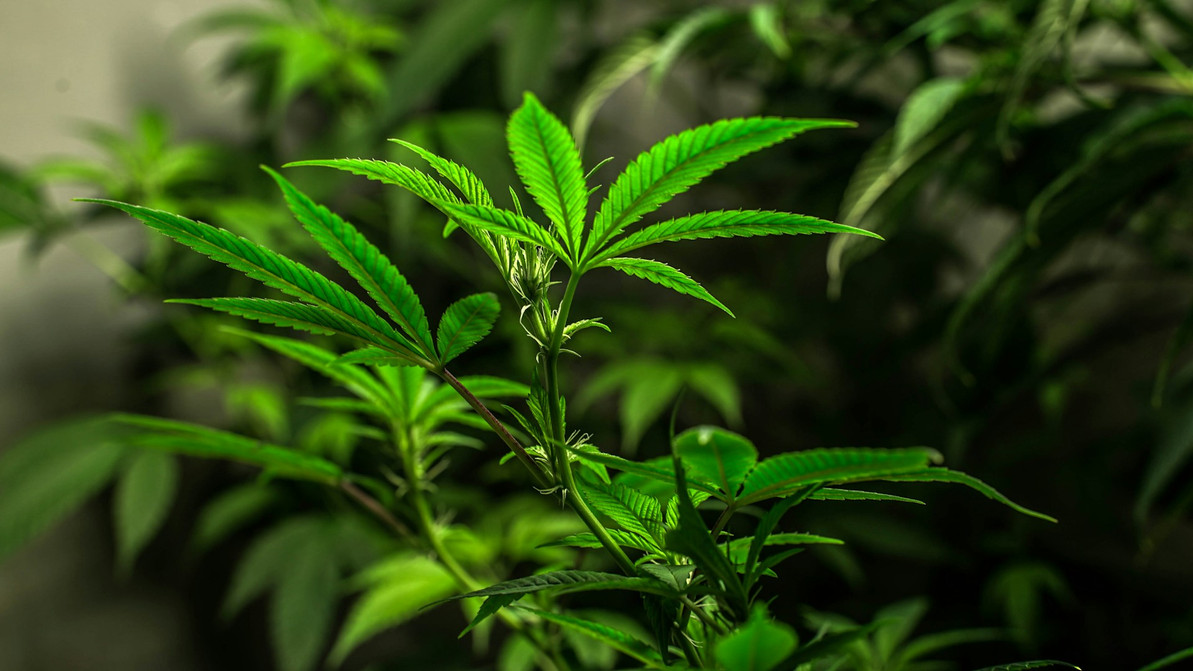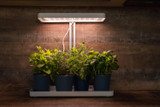Fixing Nutrient Lockout in Hydroponic Systems
Nutrient lockout can feel like a puzzle to any grower using hydroponic systems. It sneaks up on your plants, masquerading as a deficiency when instead, it's a situation where the nutrients your plants desperately need are present but inaccessible. This phenomenon isn't just confusing—it's frustrating, as it leaves your plants starved despite a fully stocked nutrient reservoir. Fixing nutrient lockout effectively safeguards plant health, allowing them to flourish and grow as intended.
For growers, solving this problem isn't just about keeping plants green. It's about optimizing growth and maximizing potential. If left unchecked, nutrient lockout can stunt your plants, affecting their strength and vitality. Addressing and preventing nutrient lockout ensures your plants get a steady, efficient supply of all necessary elements, turning your hydroponics into a thriving ecosystem.
Understanding Nutrient Lockout
Nutrient lockout occurs when plants can't absorb the essential nutrients present in their environment. Even if you've precisely balanced the nutrients in your hydroponic system, external issues can prevent plant roots from absorbing them. The two main culprits are often pH imbalances and the accumulation of excess salts. When pH levels drift out of optimal range, certain nutrients become insoluble, effectively locking them out.
Recognizing the signs early can save your plants. Consider these symptoms:
- Yellowing or browning of leaves starting at the tips.
- Slowed or halted growth despite optimal environmental conditions.
- Plants showing signs of specific nutrient deficiencies even though you know the nutrients are present.
Understanding these symptoms is crucial because it helps differentiate between a true nutrient deficiency—something missing from your mix—and a nutrient lockout, where the solution is more about access than availability.
Identifying the Causes of Nutrient Lockout
Nutrient lockout typically arises from a few key issues, starting with pH imbalance. The ideal pH range in hydroponic systems usually falls between 5.5 and 6.5, allowing for the optimal absorption of nutrients. When your pH strays from this range, some nutrients become unavailable for uptake. Using a reliable digital pH meter can help maintain this balance and ensure the nutrient solution remains within the ideal parameters.
Another common cause is salt buildup. Over time, salts from fertilizers can accumulate in the growing medium or along equipment surfaces. These salts effectively block the plants’ ability to take in certain nutrients, resulting in nutrient lockout. Regularly flushing your system with water can help prevent this buildup, keeping pathways clear for nutrient exchange.
Improper nutrient ratios can also trigger lockout conditions. Supplying too much of one nutrient might compete with another, causing an imbalance. For example, high calcium levels might compete with and hinder magnesium uptake, leading to signs of magnesium deficiency. Understanding the balance and relationship between nutrients helps in developing a compatible nutrient schedule that prevents imbalances and competition.
Steps to Fix Nutrient Lockout
Addressing nutrient lockout involves a few key steps that can make all the difference. Start by checking the pH levels of your solution. Grab a digital pH meter and carefully measure the solution surrounding your plants. If the pH is off, adjust it slowly to bring it back within the ideal range of 5.5 to 6.5. This precise range allows your plants to access the nutrients they need without restriction.
Next, tackle salt buildup by flushing the system. This involves running plain water through your hydroponics to clear out accumulated salts that may cause blockages. Think of it as giving your system a deep cleaning—a reset that opens pathways for nutrients. This step is especially important if you've noticed a steady decline in plant health, even when you’re sure everything else is dialed in correctly.
Adjust your nutrient concentrations. It's tempting to provide all the goodness your plants need in one go, but balance is key. Overloading on one nutrient can block another, so ensure you're providing the right ratios. Make small changes and monitor plant responses. A simple tweak can turn things around and revitalize your plants' growth.
Preventing Nutrient Lockout
Preventive measures can save you from urgent fixes later. Regular monitoring is crucial—keep an eye on pH levels and make adjustments as needed. Establish a routine for checking them to spot early signs of imbalance. A stable environment ensures consistent nutrient absorption.
Creating and following a nutrient schedule helps avoid lockout too. By sticking to a regimen, you minimize the risk of overloading your plants with compounds that could hinder their growth. Consider crafting a schedule that incorporates regular flushes, pH checks, and balanced nutrient dosages.
Invest in top-quality tools to support these practices. With accurate measuring devices and potent solutions, you can stay ahead of issues. Surrounding your plants with the right equipment and supplies creates an environment where they can thrive without interruptions.
Give Your Plants a Fresh Start
Addressing nutrient lockout doesn't just keep your plants alive—it empowers them to reach their full potential. When you solve this puzzle, you create an environment where plants receive all they need right when they need it. It's about fostering a nutritionally balanced space that supports growth.
Your proactive approach keeps plants vibrant and productive. Remember, regular care and attention go a long way in preventing nutrient lockout from stealing your plants' health. By maintaining this steady course, you're giving your grow operation the best chance at success year-round.
For anyone trying to get the best out of their hydroponic system, understanding the role of nutrients is key. Dive into balanced feeding with Shore Grow's curated solutions that help resolve and prevent nutrient lockout at the root. By using proper nutrient mixes, you give your plants the best shot at thriving. Start by exploring our top-quality nutrients to support healthy and vigorous growth.
Recent Posts
-
How to Adjust LED Grow Light Settings for Optimal Growth
LED grow lights have become a favorite tool for many cannabis growers, thanks to their efficiency an …Oct 29th 2025 -
Must-Have Lighting Accessories for Any Grow Room
Starting a cannabis grow room can be quite an adventure, especially when it comes to picking the rig …Oct 29th 2025 -
Tips for Resolving Inefficiencies in High Intensity Discharge Lamps
High Intensity Discharge (HID) lamps play a crucial role in hydroponic cannabis cultivation, offerin …Oct 22nd 2025




